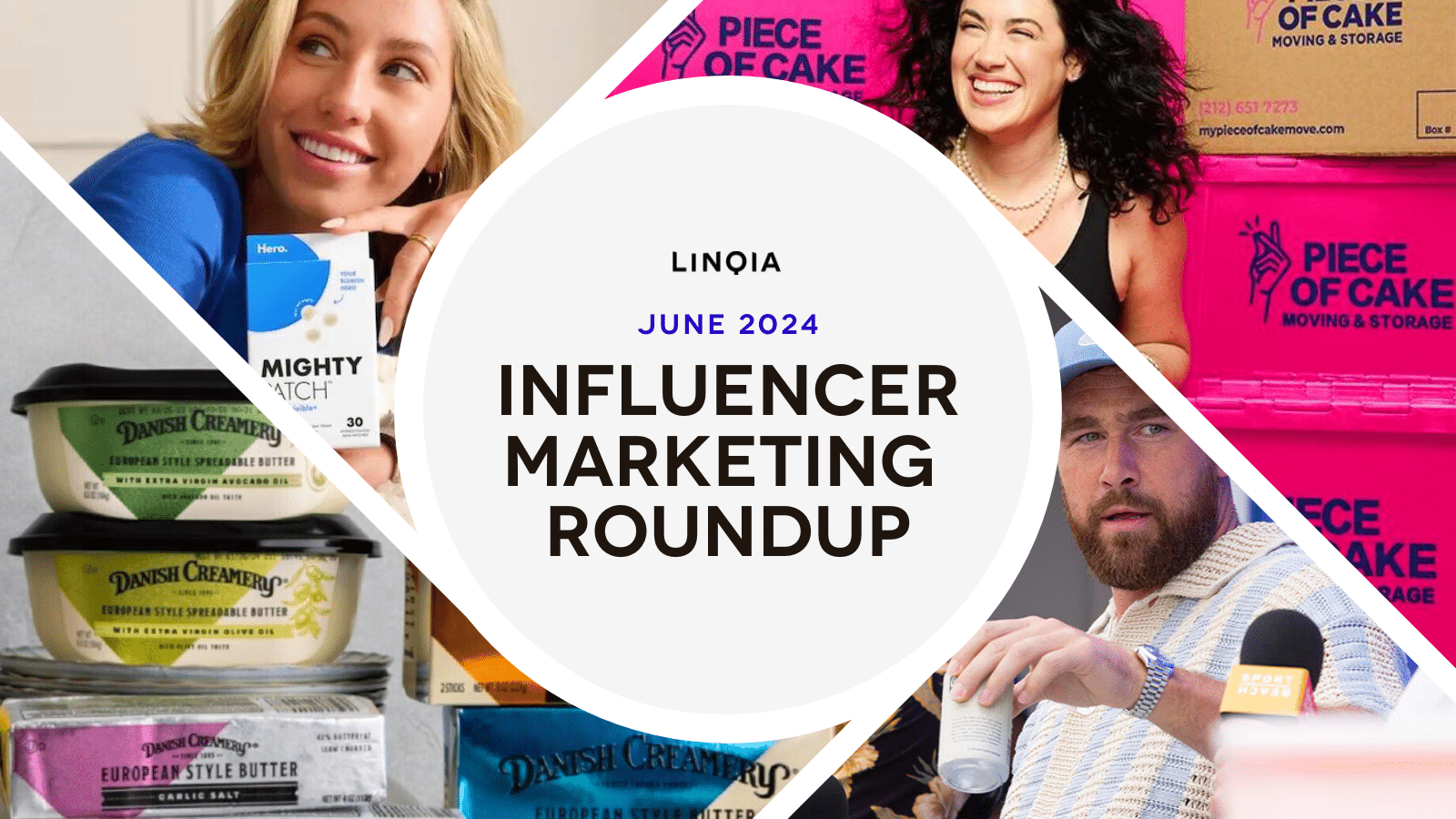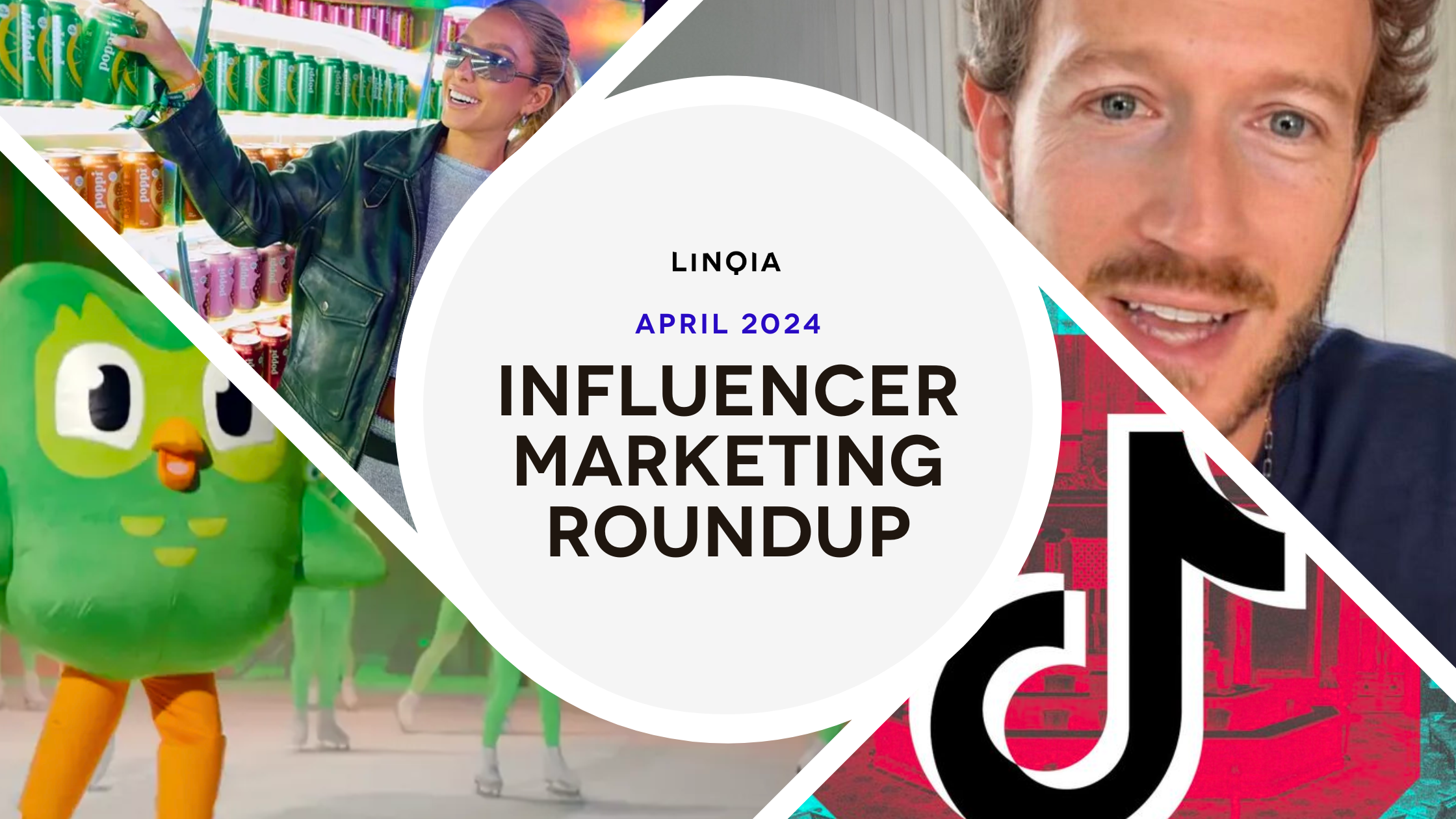A version of this article originally appeared in Social Media Today.
It’s official, 2016 is the year of influencer marketing, as evidenced by the 86% of brands and advertisers who’ve included it in their marketing mix and the 59% of marketers who plan to increase influencer marketing budgets this year. For many, influencer marketing programs have proven to be more successful than traditional advertising in reaching and developing a connection with consumers. According to Nielsen, recommendations from people consistently top the trust rankings across all generations, beating out branded websites, TV ads, newspaper ads, and editorial content.
But there is a measure of uncertainty that comes with influencer campaigns, a hesitation around putting your brand message into the hands of someone who’s not, technically, an employee of your brand. However, with the right guidelines and proper planning, you can mitigate such risks.
In this post, we’ll explore five key influencer marketing pitfalls and some best practices to avoid them.
1. Negative Sentiment
In an influencer program, brands give up direct control of published program copy and images. As a result, they often worry about negative sentiment, as influencers, and their audiences, are free to mention both the things they like and dislike about a sponsor or product. Many brands are wary to opening up the opportunity to invite both praise and criticism from consumers.
The Fix
Don’t fear negative sentiment in audience comments. A study from Northwestern University determined that a mix of positive and negative comments actually increases consumer trust. And while audience responses are out of an influencer’s control, setting clear expectations at the start of a program can avoid a negative tone from the influencer.
Make it known that the program is designed for fans who want to share their stories and opinions, not a scrutinizing review.
2. An Uninspiring Message
A boring or uninspiring message is often to blame for unsuccessful marketing campaigns, influencer or otherwise. The days of one-sided, brand to consumer stories are over. People are weary of brand created content – in fact, studies show only 1% of Millennials trust brand ads. Rather, people relate to stories that speak to their interests, not the interests of the brand.
The Fix
Rely on the power of storytelling rather than facts or statistics – 63% of people remember stories versus only 5% who remember individual stats. The success of influencer marketing depends on an influencer’s ability to develop a connection with the audience and inspire action through authentic stories.
Design a program with a central story and ask influencers to tell it in their own way, tailored to meet their audience’s tastes.
3. Failure to Disclose
The FTC requires all influencers to disclose sponsored content, whether in a blog, social media post, or video. Failure to comply can bring significant consequences – just ask Lord & Taylor, who recently found itself in hot water after failing to explicitly tell influencers to disclose sponsorship.
The Fix
Make disclosure a priority from the beginning. Hammer home its importance by including disclosure instructions in multiple communications to influencers and defining consequences in program instructions. Some brands partner with an influencer marketing platform that automates disclosure through a mandatory graphic on each sponsored post or other trackable method. These platforms can also quickly identify influencers who haven’t disclosed their affiliation.
4. Misaligned Influencer Traits
75% of marketing professionals say that identifying the right influencer is the biggest challenge in the influencer marketing process. Brands and agencies seek influencers who align with their target customers, but some brands may not understand the varying influencer subtypes. For example, there’s a huge difference in audience demographics when working with a budget-friendly cook versus a haute cuisine creator.
Partnering with the wrong type of influencers will see you reaching the wrong audience.
The Fix
Know your desired influencer type before reaching out. Consider area of expertise, quality of writing, photography skills, follower engagement, and posting frequency when developing your influencer criteria list. Only work with those who closely align with target customers and marketing goals.
5. Targets are Too Niche
While you want to be selective to ensure you’re working with the best fit influencers for your program, being too selective can hinder a program’s success. The longer the list of required influencer traits, the smaller the pool of qualified influencers will be. Additionally, recruiting a super-niche cohort of influencers is even harder if there’s a short program turn-around period.
The Fix
Plan for lead time – the more niche the target market is, the more time you’ll need to recruit relevant influencers.
If you’re short on bandwidth, find a partner with the ability to quickly identify influencers who meet the target criteria. An influencer partner can also gauge how populated the influencer’s niche is and provide alternatives if the target group is too small for an effective program.
Keeping these best practices in mind is a surefire way for brands and marketers to avoid any embarrassing snafus during an influencer program.




